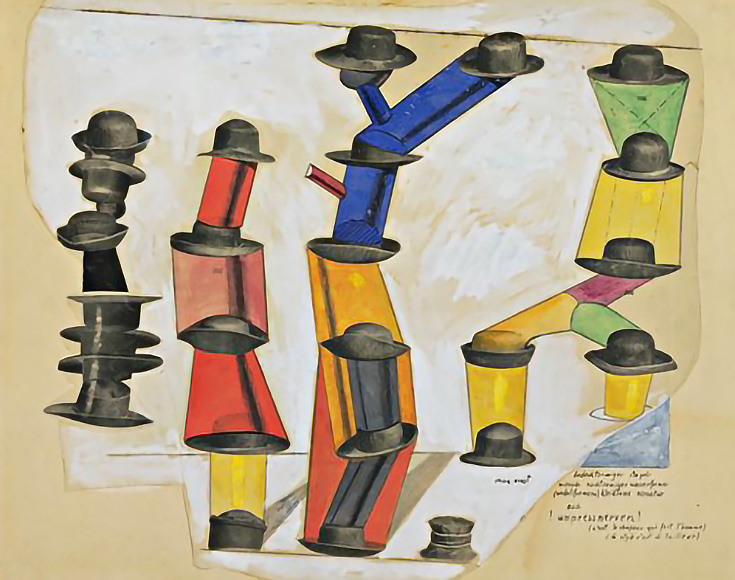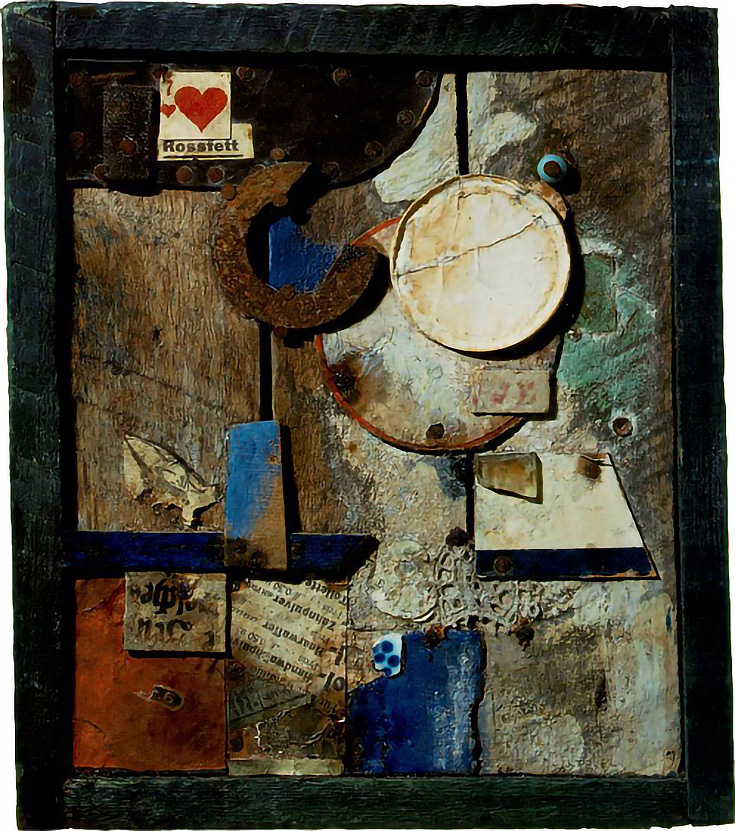Take just one look at Dada artwork and you know it’s not about traditional landscapes and portraits. This collage piece by Max Ernst illustrates that perfectly.
But what is Dada really? Is it an art movement? A way of thinking? Or is it all just strange words and quirky images?
The truth is, Dada was founded by a group of “rebel” artists in Europe during World War I who were dissatisfied about art, the war, and the world in general. And even though Dada brought about changes in art, it wasn’t a traditional art movement.
No, Dada art was intended to be ugly, weird, and in every possible way the opposite of traditional art—in other words, anti-art. Its founders’ goal was to shake the art world to its core while protesting the war.
Perhaps the most famous and controversial Dada artwork of all was Marcel Duchamp’s Fountain. It consisted only of a urinal set on its back, but it raised a powerful question: “What exactly is worthy to be called art?” After all, this work of art is just an ugly toilet.

But more than just being unappealing to look at, Fountain also attacked the idea that art takes time and effort to make. Duchamp called it a “readymade” piece. . . something we call “found art” today.
Other Dada artwork, like collage art, seems more traditional to us. Some Dada artists used trash or refuse to make a statement, other simply used it because they could.
Here’s a collage piece by Kurt Schwitters from around that same time period.
I think it’s quite beautiful, but then again, we’ve had decades to get used to this kind of thing. I especially like the text, which Dada art often has, although the words are usually arranged in nonsense sentences or are gibberish to begin with.

Raoul Hausmann’s Mechanical Head (or, The Spirit of Our Time) looks to me exactly like a three-dimensional collage piece—in that he used a basic sculpted head and then attached various found objects to it.
Just from these few examples, I think it’s clear that Dada was a forerunner, perhaps even a catalyst, for the type of art that’s often seen today.
And because it so powerfully affected the fine arts (including poetry, literature, and drama, as well as visual art) Dada certainly deserves to be remembered as one of the most influential art movements of the 20th century.
This post may contain affiliate links.


